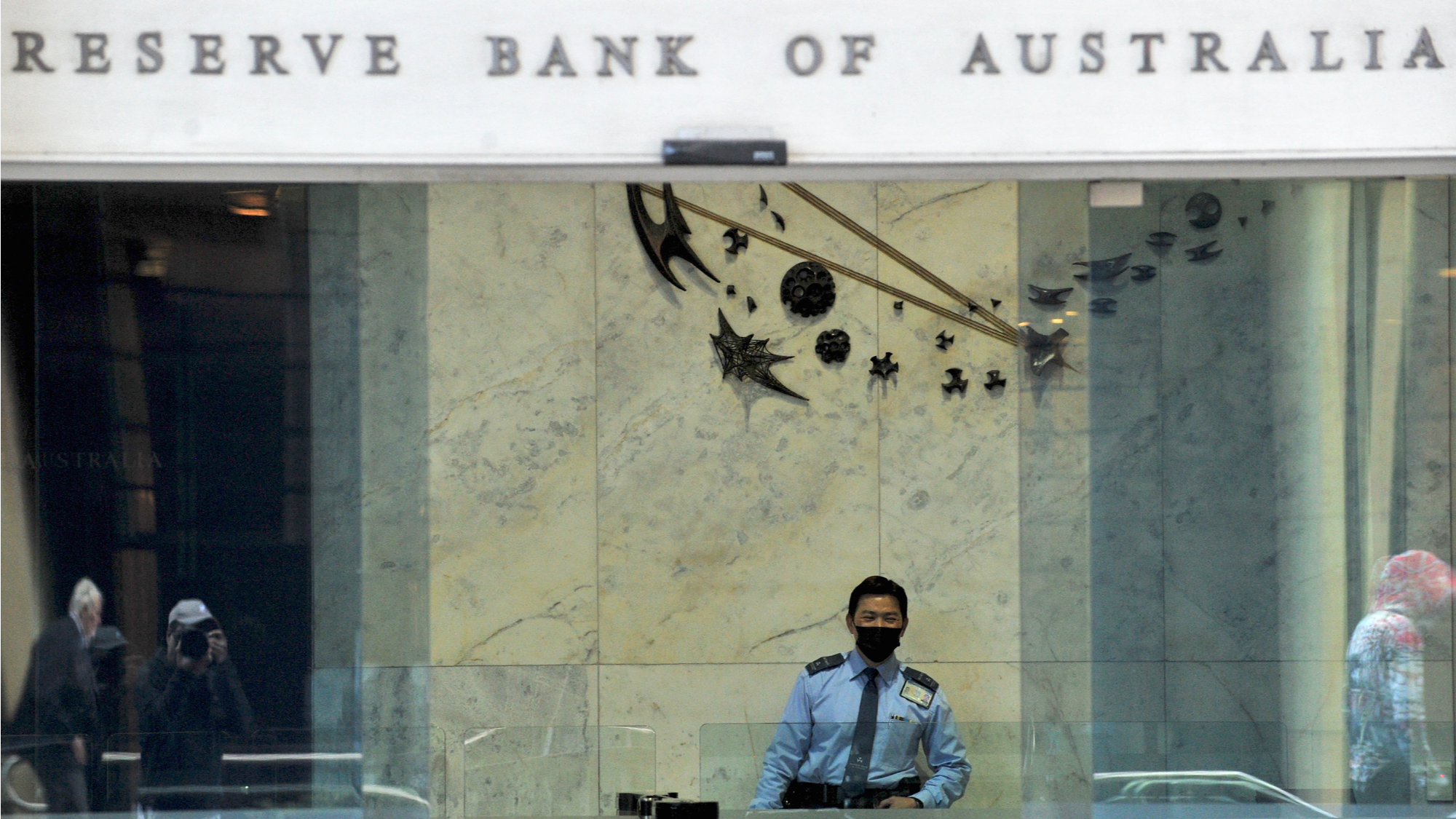
SYDNEY - Australia's central bank cut interest rates on Tuesday for the first time since the depths of the 2020 pandemic, saying progress had been made on inflation though it was still cautious about prospects of further policy easing.
The first rate cut will provide some relief to borrowers and comes as good news for Prime Minister Anthony Albanese, who is facing a tough election to be held no later than May 17. Speculation is swirling that he may use the opportunity to call an early election.
Markets had wagered heavily on a quarter-point cut after core inflation surprised on the downside in the fourth quarter at 3.2 percent. But the cautious stance sent the Australian dollar 0.2 percent higher to $0.6366.
READ MORE: Australia's government spends its way to bigger budget deficits
Swaps imply just a 20 percent probability for a follow-up cut in April, although a move in May is still almost fully priced in.
Wrapping up its February policy meeting, the Reserve Bank of Australia (RBA) cut the cash rate by a quarter-point to 4.1 percent, the first reduction since November 2020 when the pandemic crisis saw rates slashed to an all-time low of 0.1 percent.
"While today's policy decision recognizes the welcome progress on inflation, the Board remains cautious on prospects for further policy easing," the board said in a statement, noting that upside risks to inflation remain due to a strong labor market.
"The Board’s assessment is that monetary policy has been restrictive and will remain so after this reduction in the cash rate."
Bond markets had long priced in the easing so three-year futures were barely changed, while 10-year yields edged up.
The Australian dollar was a fraction lower at $0.6348, having hit a two-month high of $0.6374 overnight.
Having already opened the door to a move in December, the board warned that if monetary policy is eased too much too soon, disinflation could stall.
"At first glance the statement suggests their default position is steady in April but should be open for May, not far from market pricing," said Sean Callow, analyst at ITC Markets.
The RBA has lagged its peers in the global easing cycle and Australia's cut comes as the Federal Reserve appears to be pausing its policy loosening.
Across the Tasman Sea, New Zealand is poised to go with another 50-basis point cut on Wednesday.
Inflation, which took off in Australia later than elsewhere, ran at 2.4 percent in the last quarter, back in the target band of 2-3 percent. The closely watched trimmed mean measure also slowed to 3.2 percent, from 3.6 percent previously, and is now expected to fall to 2.7 percent by June.
Consumer spending has picked up thanks to the government's tax cuts and the labor market has been surprisingly resilient but not a source of inflationary pressures, all of which suggests the economy is not screaming for consecutive rate cuts.
READ MORE: Australia Treasurer confident July 1 tax cuts won't stoke inflation
Tuesday's rate cut is also positive for the housing market where prices have actually fallen from their record levels over the past few months, but affordability issues are still a major headache for Prime Minister Albanese.
Capital Economics senior APAC economist Abhijit Surya expects the RBA will only cut rates twice more in the current easing cycle.
"Taken together with the RBA’s continued expectation for a recovery in household consumption, and activity more broadly, the Bank believes that some upward pressures on inflation are likely to persist into the medium term," Surya said.


